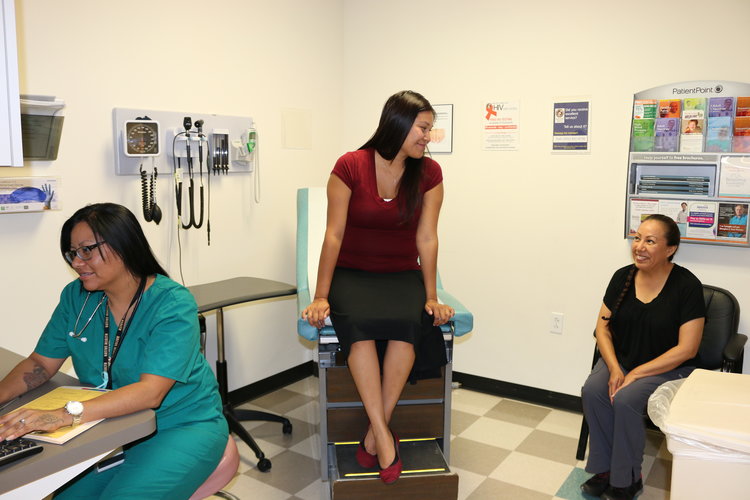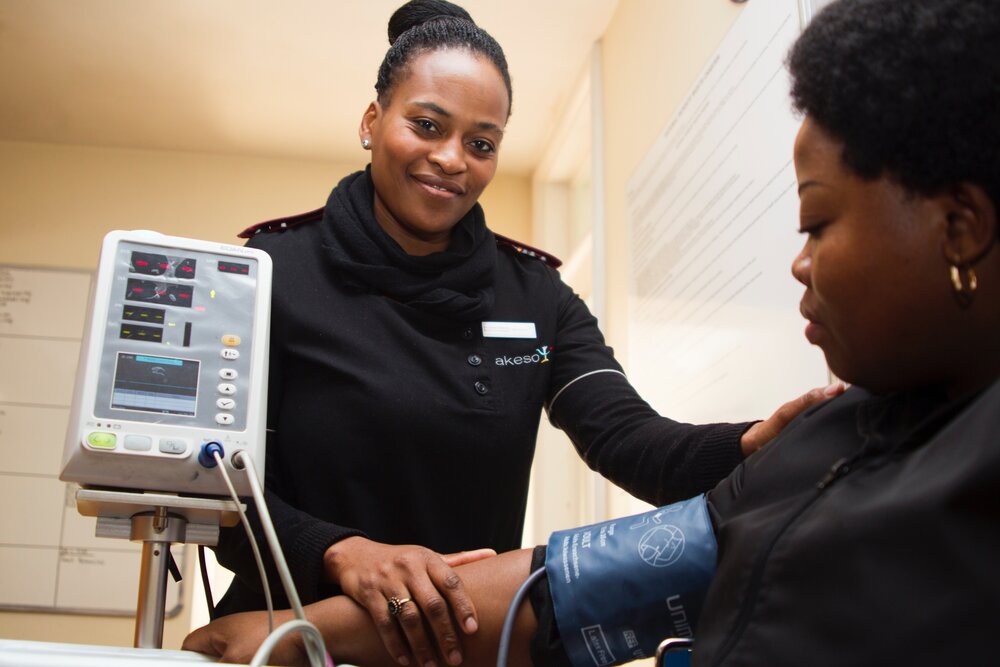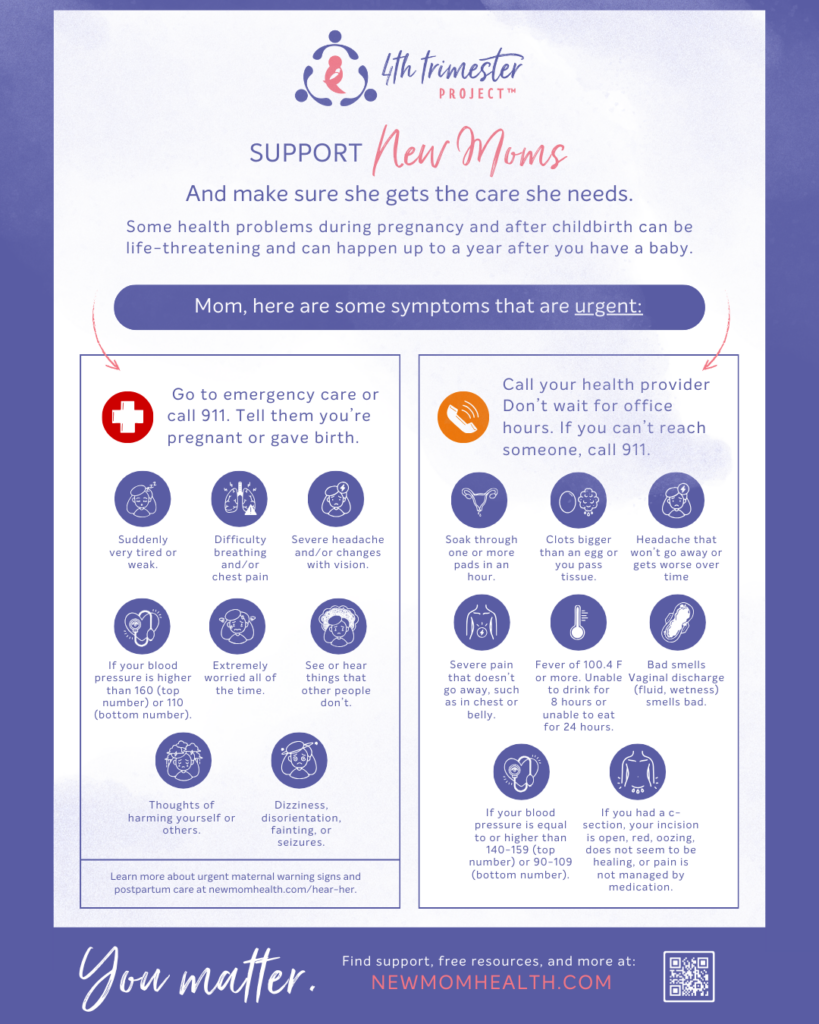
Telehealth or telemedicine has become a new normal since the COVID-19 pandemic. Many health care offices are moving some services to phone or video so patients can connect to their care team using a phone, tablet, or computer. Typically, clinics have different ways you can meet with your provider, such as video chat, phone call, through an app, or online platform. Virtual visits can be a great way to engage with your healthcare provider without having to travel to a clinic.
Telehealth visits are especially helpful to talk with a healthcare provider about the things that matter most to you. For some health checks, like a mental wellbeing screen or blood pressure reading, you may be able to do with instructions given by the office. Other things, like some forms of contraception / implanted birth control, mean you need to be in-person. These aspects of health are essential too.
If you don’t have access to Internet or a smart device, the clinic may have options. Healthcare teams might have tablets for you to pick up or information about accessing secure WiFi.
How to prepare:
Step one is to ask your healthcare team if they offer telehealth, for what types of care, and how it works. You should be provided information in advance about how telehealth is private, secure, and helpful. At this point, you can ask about any fees and confirm your insurance will cover this telehealth visit.
If you were given a link or specific instructions about how to start your telehealth visit, you may want to give it a try beforehand, click the link and familiarize yourself. That way you are able to use your full-time talking to your provider. Some platforms may ask you to create a login! If you have any questions about the logistics and/or technology of your telehealth visit, be sure to ask at least a day or two in advance.
Feeling safe to openly talk about your concerns is important! Make sure you have headphones if desired, that your Internet is working, and your phone or device is charged. If you’ve been given any equipment, like a blood pressure cuff, test it out before the visit begins.
Write down what you want to talk about with your healthcare provider – it can be hard to remember when a lot is going on.
Our team has created a postpartum visit checklist to help guide questions, concerns, and topics you may want to cover during this visit.
Make sure you end the visit with a clear timeline about next steps! When might another visit be helpful? Do you have information about picking up a prescription? Did you receive a referral? Be sure to ask for what you need – this care is to take care of you.
We cover COVID-19 support, postpartum planning, communicating with your health care teams, and important postpartum warning signs here.
Resources:
